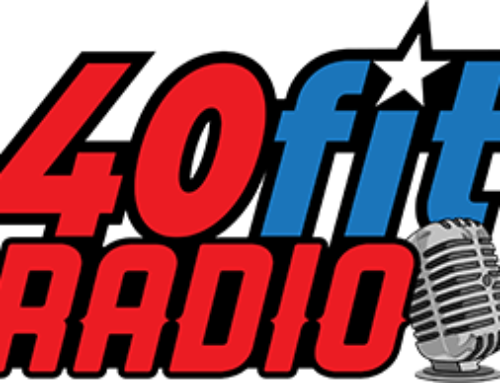In episode #5 we discussed one of the ten general physical skills: flexibility, and it’s analog mobility. Most people believe that they are not flexible enough, that they need more mobility, and the path to acquiring it lies in a gauntlet of contortionism. Or yoga. How much flexibility and mobility do we really need though? Is it possible to be too flexible? How much time should we allocate to mobility work? Coach D takes us through the research and his decades of coaching experience to answer these questions.
To recap, flexibility is defined as the range of motion (ROM) in a joint or body segment. All joints in the human body have a normal degree of ROM established in the medical literature, plus or minus a few degrees depending on individual anthropometry, amount of body mass around the joint, tissue elasticity, and other factors. Mobility is a function of flexibility, the combination of a joint’s passive ROM and your ability to utilize that ROM by producing force (strength). Skill also plays a role in mobility. Your ability to move a joint through it’s passive ROM in a skilled motor pattern is an expression of mobility.
How much do you need? Well, it depends. One way to think about it is you only need as much as your daily activity, training, and sport (if any) demands. Excess mobility is not necessarily a good thing. A gymnast needs to be able to do the splits, of course, but a sprinter does not. More importantly, the sprinter doesn’t want to be able to do the splits, because the work necessary to do it would likely detract from their speed on the track. Two different levels of mobility, each specific to the purpose. Likewise, if you just barbell train and perhaps do a little conditioning and outdoor activity, you probably don’t need to stretch like a gymnast.
For many masters trainees, however, mobility is an issue. It gets in the way of productive training, because it prevents utilization of the greatest effective range of motion — for instance, squatting so that the hip crease is below the top of the patella in a low bar back squat. If this is you, you need to work on your mobility. The good news is, the barbell is actually one of best stretching modalities there is, since it is a loaded stretch that involves both shortening and lengthening the muscles over a long range of motion and with a complex motor pattern that requires lots of neural input to reproduce.
Mobility work can be broken into four types, in order from least effective to most effective. We use all types in the PT clinic and in the gym, depending on how much mobility the trainee needs and where their fitness is at:
- Passive or static stretching (least effective): a bodyweight stretch held for a period of time, such as touching your toes and holding the position, or a hurdler’s or runner’s stretch, holding a lunge position. The literature suggests that 30 seconds is the appropriate hold length for passive stretching, with 3-5 stretches per muscle group. People with ligamentous injuries or contractures may require longer holds.
- Active or dynamic stretching: unloaded stretch performed by actively moving the joint through a range of motion, such as leg swings or hip openers.
- Isometric stretching: a static stretch performed against an immovable resistance, such as a rack, bar, or box. You should stretch to the point of tension; a slight amount of discomfort is ok, as long as there is no pain. Again, 30s holds tend to work best here.
- Loaded stretching with movement (most effective): an active stretch performed against a resistance. Barbell movements like the squat are some of the best examples. If a trainee cannot perform the barbell lifts safely, then they may need to use a combination of the other modalities until they are mobile enough to safely perform the barbell lifts.
Whatever method you use, you need to do it daily. Twice a day is even better than. Thomas Kurz in his book Stretching Scientifically argues for stretching multiple times per day, with an emphasis on building strength in the range of motion being trained.
Connect with 40fit Radio

[…] from episode #41 – Why So (Up)Tight? Developing Mobility and Flexibility for Life that the mobility of a joint is a function of both structural (bony structures, ligaments, etc.) […]